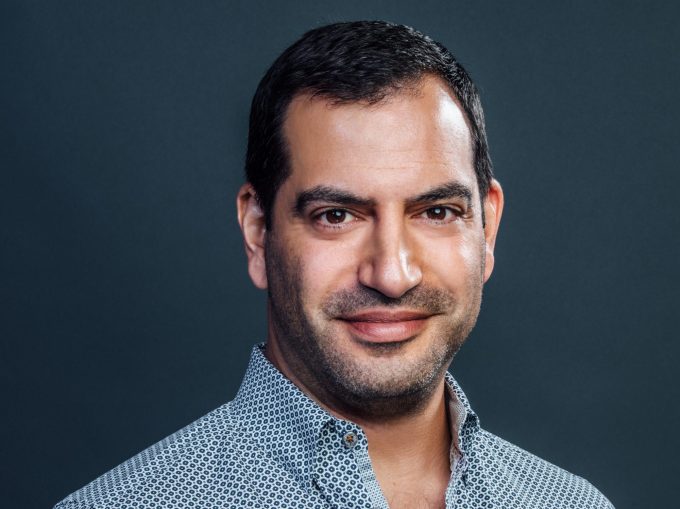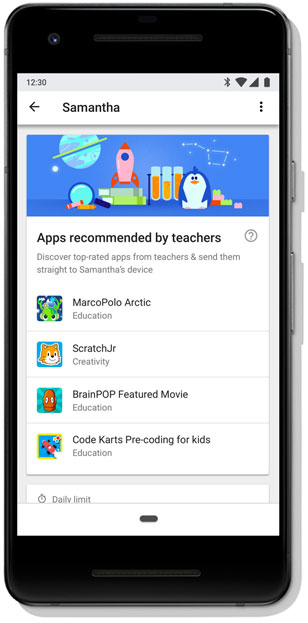LOLA, a subscription service delivering tampons and pads, and now other products, including condoms, lubricant, and feminine cleansing wipes, has closed on $24 million in Series B funding. While the startup touts its products’ “100% organic” nature, it’s also well-received because of the customization offered and its direct-to-consumer nature.
The new round of financing was led by private equity firm Alliance Consumer Growth (ACG), with support from existing investors Spark Capital, Lerer Hippeau and Brand Foundry Ventures.
To date, LOLA has raised $11.2 million, from investors including also BBG Ventures, 14W, the founders of Warby Parker and Harry’s, Sweetgreen, Bonobos, and Insomnia Cookies. Celebs like Serena Williams, Karlie Kloss, Lena Dunham, and Allison Williams have also invested.
Launched in 2015, LOLA’s founders Alex Friedman and Jordana Kier had the idea to challenge industry giants, like Tampax and Playtex, with a 100% organic product.
“We founded LOLA with a simple and seemingly obvious idea – as women, we shouldn’t have to compromise when it comes to our reproductive health,” explains Kier. “Like most women, we’d been using the same feminine care products since we were teenagers. But when we found out that brands – including the same ones we were loyal to all those years – aren’t required to disclose exactly what’s in their products, it made us wonder: what’s in our tampon?”
“If we care about everything else we put in our bodies, products for our reproductive health shouldn’t be any different,” she states.

LOLA’s tampons, pads and liners are made only with organic cotton, not synthetic fibers, like those used mainstream brands. Nor do they contain fragrances or dyes.
The nature of its products appeal to consumers – especially, young millennial women – who are more conscious of the chemicals in their products, as well as those who want to buy organic for the environmental benefits.
That said, there’s a bit of debate over how dangerous (or not) it is to use traditional feminine care products. Skeptics, including some doctors, insist there’s no threat from conventional products.

But even women not concerned with buying organic may find LOLA appealing because of its model.
Its subscription service lets you create a box with your own mix of tampon sizes (with or without applicators, which can be either cardboard or plastic). That’s something you can’t do when buying off the shelf.
Plus, LOLA’s boxes aren’t any more expensive than those bought in the store. Its 18-count box of applicator tampons is $10 per month; or it’s $9 each, if ordering two or three boxes per month. Non-applicator tampons are a dollar less.
In addition, LOLA sells other period-related products, including an essential oil blend for cramps, a multi-vitamin that protects against PMS, and a first period starter kit.

In May, the startup broadened its mission to become more of a female health company with the launch of SEX by LOLA. This product line includes condoms, personal lubricant, and all-natural feminine cleansing wipes for women. It’s the startup’s first product line outside of feminine care.
“Until now, there wasn’t really a place for women to turn to for honesty, reliability and information when it comes to their sex products,” says Kier of the new product lineup. “Historically, sexual wellness companies have been primarily marketed towards men and promote products that contain obscure ingredients and unnatural additives.”
SEX by LOLA products, on the other hand, don’t have “irritating” additives, the founder explains, but still deliver the sensation and reliability you’d expect, she says.
These new products are also offered on subscription, starting at $10 per month for a 12-count box of condoms or 12-count box of cleansing wipes.
The company plans to use the Series B funds to finance product development, expand customer outreach – including through events, partnerships and offline – and expand its 19-person, currently New York-based team.
More importantly, perhaps, is throwing more fuel on the fire, as LOLA is no longer without competition.
There are a number of subscription startups for feminine products on the market today, including Le Parcel (which also ships chocolate); organic rival Cora, which focuses on discrete, portable tampons and carrying cases; Jessica Alba’s The Honest Company (which just got $200M) and sustainable competitors like Flex’s tampon alternative, as well as other reusable menstrual cups, like Diva Cup.
And, of course, you can subscribe and save on Amazon to almost anything, including tampons.
LOLA declines to share details related to the size and growth of its customer base or its revenue, so it’s difficult to rank LOLA in terms of its competition.
Where LOLA may have some leverage, however, is encouraging more open discussions about female reproductive health, and engaging its customers through social media. The startup touts 6 times the number of Instagram followers compared with mainstream brands, for example, and says 1 in 4 customers have directly engaged with its brand over a variety of communication channels, including calls, emails, DMs, texts, and letters.
ACG’s investment could help LOLA become more of a household name. The firm has previously backed brands like Harry’s, Pacifica, Shake Shack, Plum Organics, PDQ, barkTHINS, EVOL Foods, Suja Juice, Nudestix, and others.
“LOLA is at the epicenter of the shift towards transparency in the women’s health category, and we couldn’t be more impressed with the brand Alex and Jordana have built and the impactful conversation they’ve driven,” said Alliance Consumer Growth Managing Partner, Trevor Nelson, in a statement about its funding. “We’re thrilled to welcome LOLA into the ACG family and support their continued evolution and product innovation, enabling them to meet their consumers’ needs,” he added.

Source: Tech Crunch









